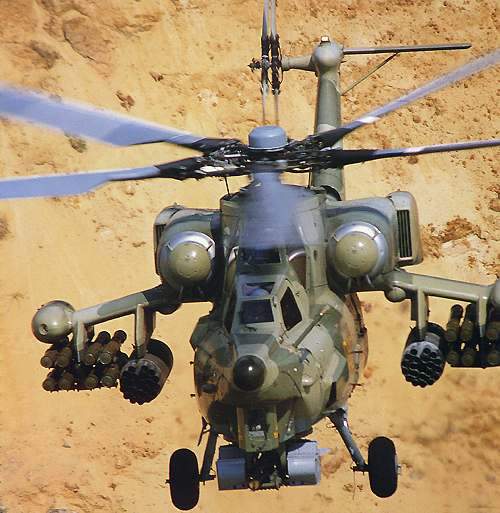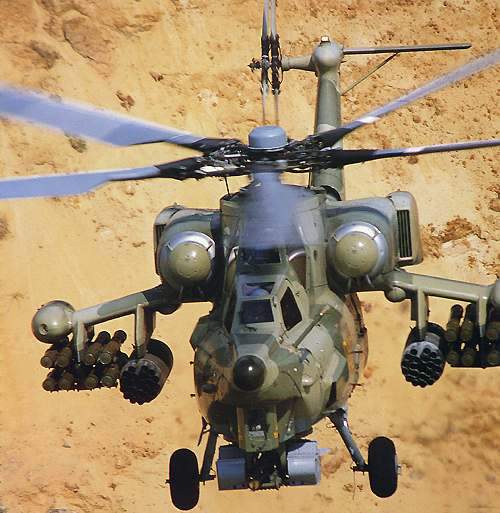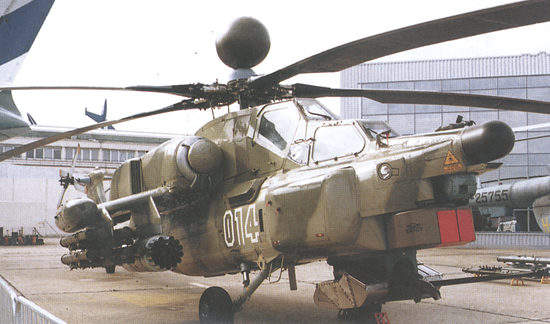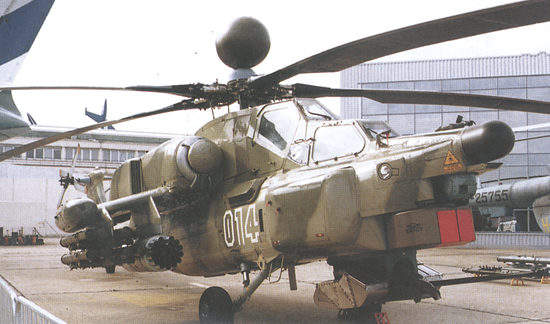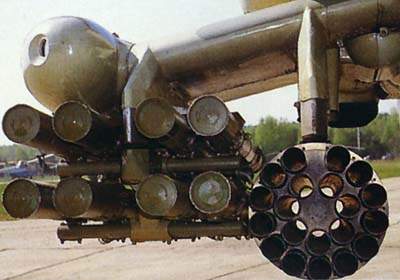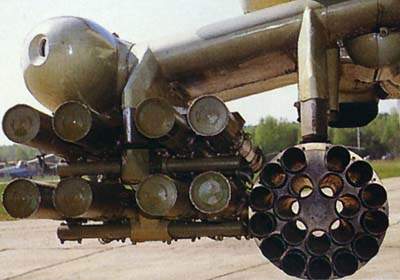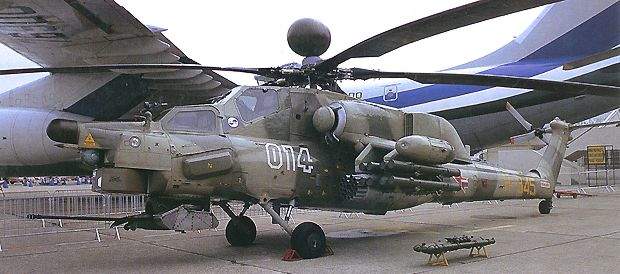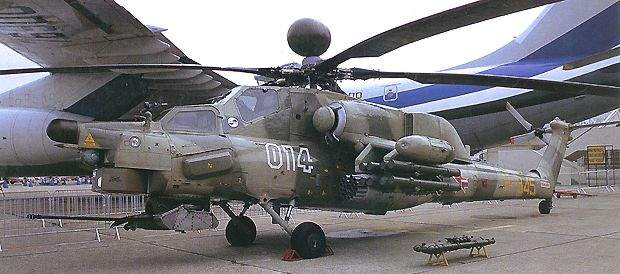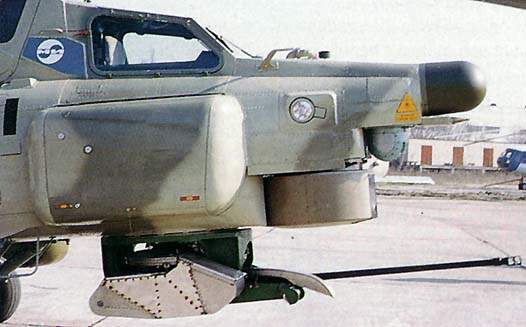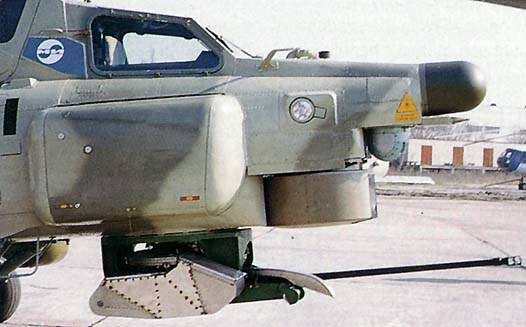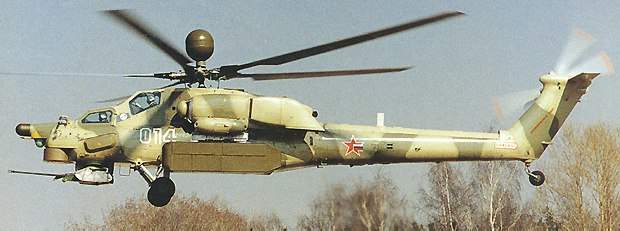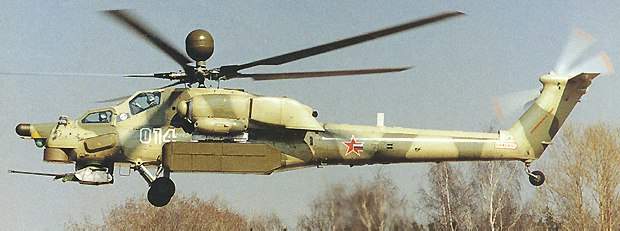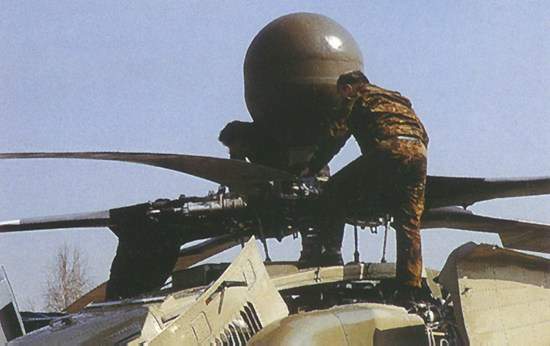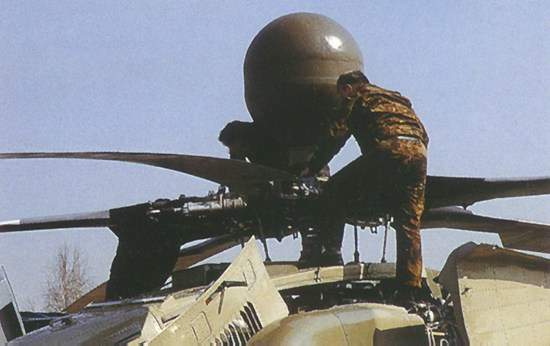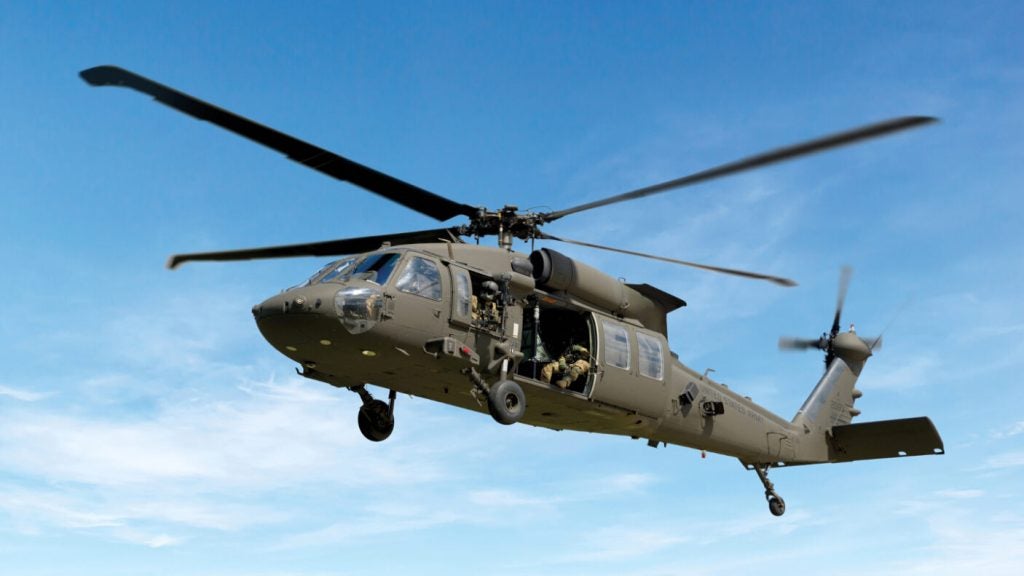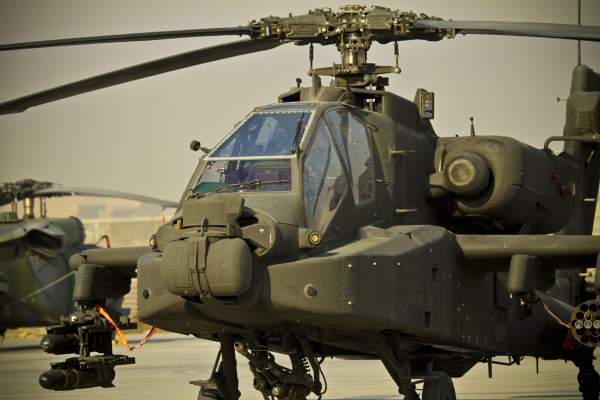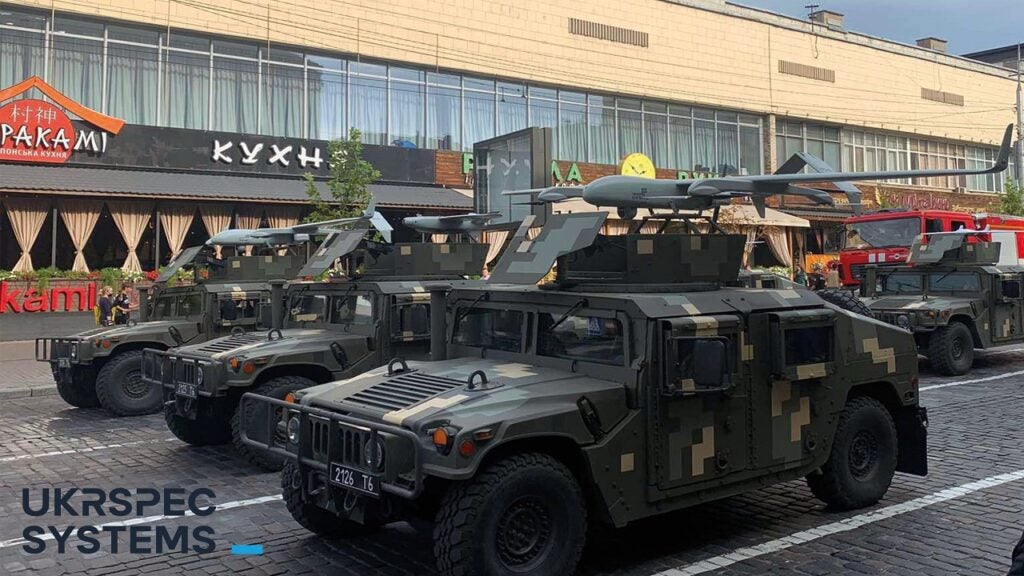
The Russian Mi-28 Havoc attack helicopter.
The Mi-28 combat helicopter has been developed by Mil Moscow Helicopter Plant and is known by the NATO codename Havoc. In August 1996 Mil rolled out a prototype of the day and night capable version, the Mi-28N Night Havoc. The first production Mi-28N took its first flight in April 2004 and began flight testing with the Russian Air Force in June 2005.
The Russian Air Force has plans to procure up to 60 of this variant, now called the Mi-28NE Night Hunter.
Three were ordered in 2005 and 16 more in 2006 for delivery by 2008. The first production aircraft was delivered in May 2006 and began formal acceptance testing in September 2006. Five aircraft are involved in the testing which is scheduled to conclude in early 2008.
Mi-28 can fly at a maximum speed of 300km/h, can fly rearwards and sideways at speeds up to 100km/h and is able to hover turn at 45° a second.
Mi-28 Havoc attack helicopter design
The helicopter design is based on the conventional pod and boom configuration, with a tail rotor. The main rotor head has elastomeric bearings and the main rotor blades are made from composite materials. The tail rotor is designed on a biplane configuration, with independently controlled X-shaped blades. A new design of all plastic rotor blades, which can sustain hits from 30mm shells, has been installed on the Night Havoc Mi-28N helicopter.
The helicopter has non-retractable tricycle tail-wheel type landing gear. The energy-absorbing landing gear and seats protect the crew in a crash landing or in a low-altitude vertical fall. The crew are able to survive a vertical fall of up to 12m/s. The Mi-28 has a fully armoured cabin, including the windshield, which withstands impact by 7.62mm and 12.7mm bullets and 20mm shell fragments.
Mi-28 weapons
The Mi-28A has small swept-back, mid-mounted stub-wings with four suspension units. Countermeasures pods are mounted on the wingtips. The helicopter can be armed with a mixture of air-to-air and air-to-ground missiles, unguided rockets, and podded guns.
The Mi-28 and Mi-28N Night Havoc are armed with Shturm and Ataka anti-tank missiles supplied by the Kolumna Design Bureau (KBM). Up to 16 anti-tank missiles can be mounted on the helicopter. Shturm is a short-range, radio command-guided missile. The Ataka missile’s guidance is by narrow radar beam, and maximum range of the missile is 8km. The missile has a tandem shaped-charge warhead for penetration of 950mm to 1,000mm armour.
The helicopter can also carry four containers, each with 20 80mm unguided rockets or with five 122mm rockets. The helicopter can alternatively carry containers with grenade launchers, 23mm guns, 12.7mm and 7.62mm machine guns, aerial bombs, and incendiary tanks.
The helicopter is equipped with a turreted 2A42 30mm cannon, stabilised in two axes, with a muzzle velocity of 1,000m/s.
Fire control and surveillance
The pilot uses a helmet-mounted target designator, which allocates the target to the navigator’s surveillance and fire control system. The navigator / weapons officer is then able to deploy guided weapons or guns against the target. The targeting system follows the direction of the pilot’s eyes.
The integrated surveillance and fire control system has two optical channels providing wide and narrow fields of view, a narrow-field-of-view optical television channel, and laser rangefinder. The system can move within 110° in azimuth and from +13° to -40° in elevation.
TV3-117VMA turboshaft engines
The Mi-28A helicopter is powered by two TV3-117VMA turboshaft engines, fitted on either side of the fuselage. It is equipped with an auxiliary power unit for self-contained operation. The thermal signature of the helicopter has been reduced by a factor of 2.5 times compared to its predecessor, the Mi-24.
MI-28N Night Havoc
The Night Havoc helicopter retains most of the structural design of the Mi-28. The main difference is the installation of an integrated electronic combat system. Other modifications include: new main gearbox for transmitting higher power to the rotor; new high-efficiency blades with swept-shaped tips; and an engine fuel injection control system.
The main sensors of the integrated electronic combat system are the microwave radar antenna, mounted above the rotor head, and a forward-looking infrared (FLIR) system. The system displays the helicopter location on a moving map indicator, and flight, systems and target information on liquid crystal displays. The crew are equipped with night-vision goggles.

